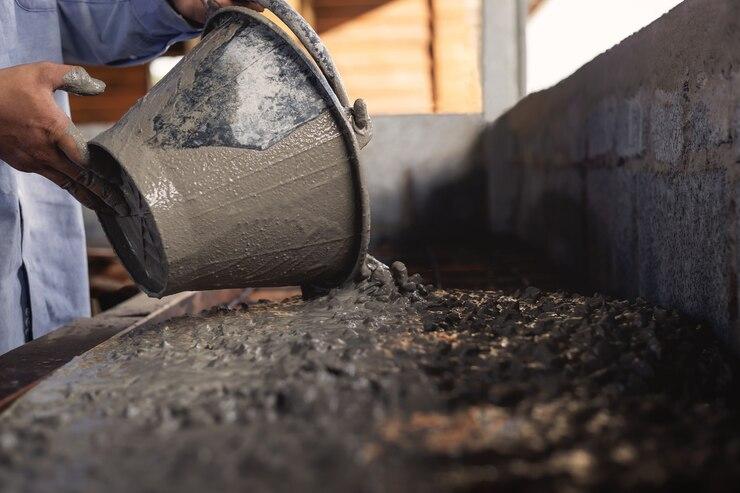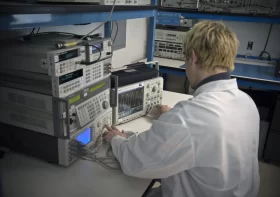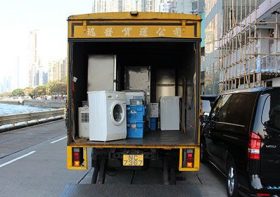Common Mistakes to Avoid During Concrete Removal

Concrete removal can be a challenging and labour-intensive task that requires careful planning and execution. Whether you are remodelling your home, repairing a driveway, or renovating a commercial space, it is essential to avoid common mistakes that can lead to costly delays and safety hazards. In this post, we will explore some of the most prevalent mistakes people make during concrete removal and provide insights on how to avoid them.
1. Lack of Proper Equipment and Tools:
It is critical to have the right equipment and tools at your disposal to ensure an efficient and successful concrete removal process. One common mistake is attempting to remove concrete without proper machinery, such as jackhammers, demolition saws, or excavators. Using inadequate tools not only slows down the process but also increases the risk of accidents and injuries. Investing in or renting the appropriate Melbourne concrete removal equipment will save time and effort in the long run.
2. Insufficient Planning:
Another mistake many individuals make when removing concrete is failing to plan adequately. This often leads to unforeseen obstacles that can derail the project timeline. It is essential to survey the area thoroughly, taking note of any underground utilities like pipes or cables that may require special attention. Additionally, consider obtaining any necessary permits or permissions before beginning work to avoid legal complications down the line.
3. Neglecting Safety Precautions:
Concrete removal involves heavy objects, sharp edges, and potentially harmful dust or debris. Ignoring safety precautions can result in serious injuries for both you and your team members. Always wear protective gear such as goggles, gloves, hard hats, earplugs, and sturdy boots when working with concrete removal machinery or handling debris manually. Additionally, ensure everyone involved is trained properly and safely to use equipment.
4. Inadequate Waste Disposal Plan:
Properly disposing of concrete waste can lead to environmental hazards and legal penalties/fines. Before embarking on the removal process, it is crucial to have a well-defined waste disposal plan in place. Check local regulations and consult with waste management companies to determine the best methods for disposing of concrete debris. Recycling or repurposing the concrete whenever possible is also an environmentally friendly option.
5. Imprecise Cutting and Breaking Techniques:
Improper cutting and breaking techniques are among the most common mistakes made during concrete removal. Precise cuts and breaks not only facilitate faster removal but also help maintain the structural integrity of nearby areas that need to be preserved. Careful planning, proper cutting depths, and appropriate breakers or jackhammers can minimise unnecessary damage to surrounding surfaces.
6. Underestimating Time and Labor Requirements:
Removing concrete is a time-consuming task that often requires several people working together. Failing to accurately estimate the time needed for complete removal can lead to delays in other construction activities. Allocating enough resources, including sufficient labour, to carry out the project efficiently is important.
7. Ignoring Reinforcing Steel:
Many overlook the importance of reinforcing steel (rebar) within concrete structures, leading to significant challenges during removal. Neglecting rebar can result in damaged equipment and possible injuries. Before starting any demolition work, identify the presence of rebar within the concrete and utilise appropriate tools or techniques to remove it safely.
8. Failure to Assess Structural Integrity:
Before beginning the concrete removal process, it is crucial to assess the structural integrity of the surrounding areas. Failure to do so can result in accidental damage to nearby walls, floors, or foundations. Conduct a thorough inspection to identify any weak spots or potential stability issues. If needed, consult a structural engineer or professional contractor for guidance on proceeding safely.
9. Inefficient Debris Management:
Properly managing and disposing of concrete debris is essential for maintaining a clean and organised work site. Failing to establish an efficient debris management system can lead to tripping hazards and hinder progress during the removal process. Utilise designated containers or dumpsters to collect and store the discarded concrete fragments. Regularly clear debris from the work area to maximise efficiency while minimising safety risks.
Conclusion:
Avoiding common mistakes during concrete removal enhances your project’s safety, efficiency, and cost-effectiveness. Proper equipment, meticulous planning, prioritising safety precautions, developing a thorough waste disposal plan, employing precise cutting techniques, anticipating labour requirements adequately, and properly addressing reinforcing steel concerns will lead to successful concrete removal projects.




Leave a Reply